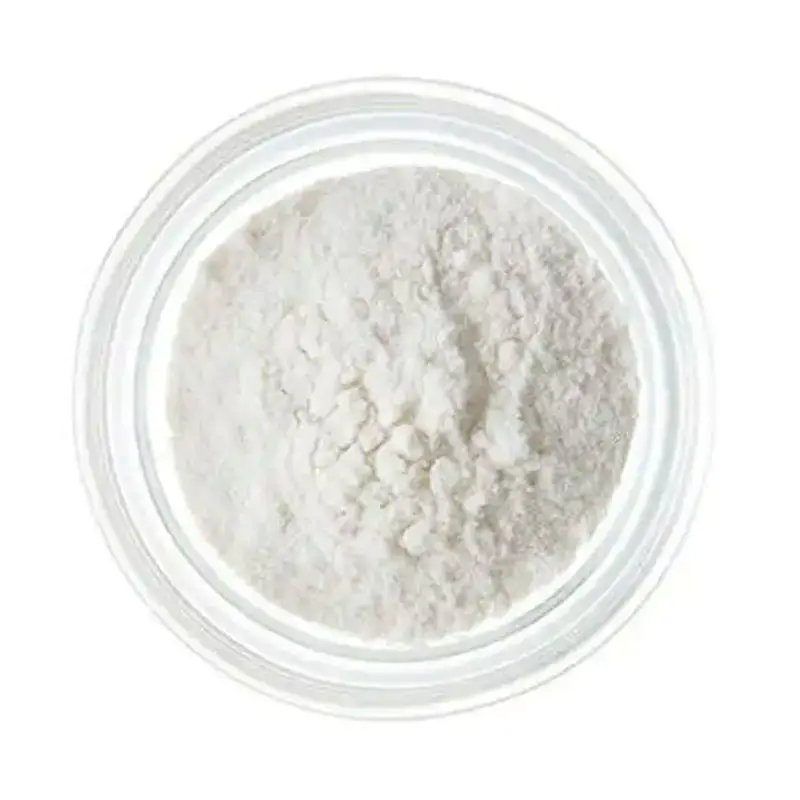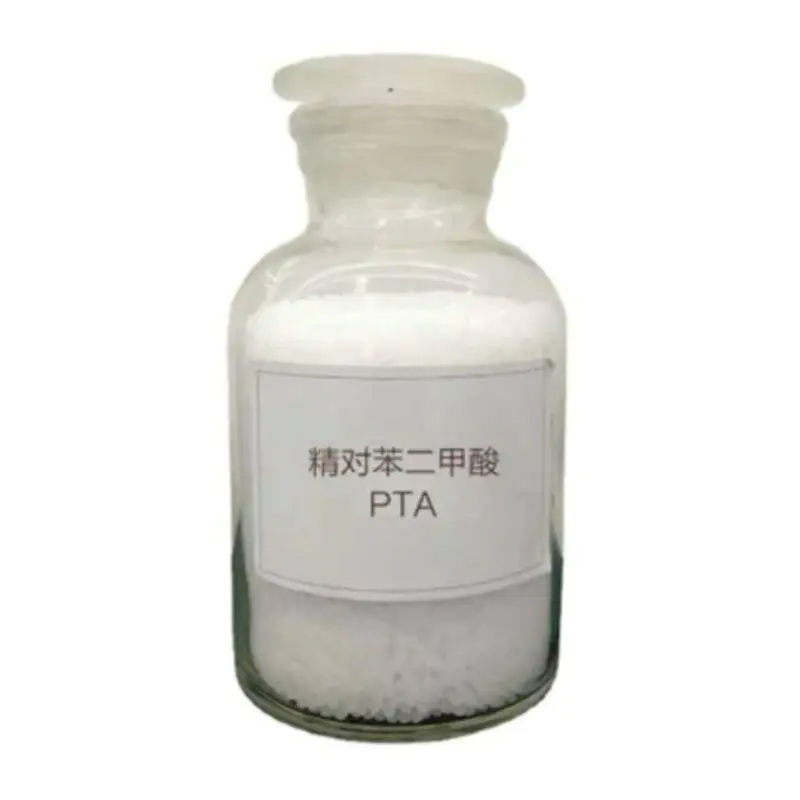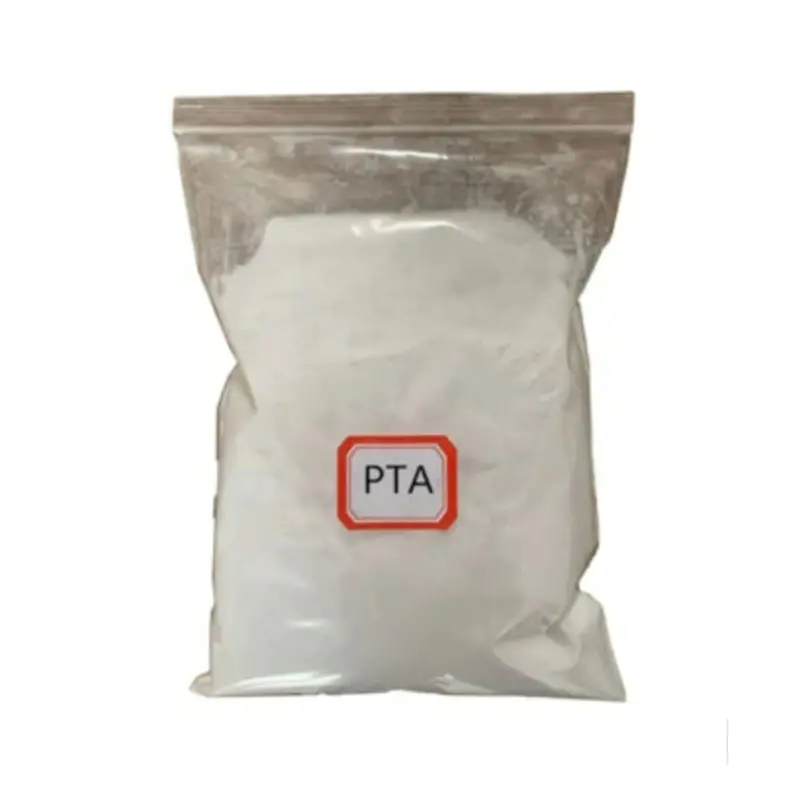Polyester is one of the most widely used synthetic fibers in the textile industry, known for its durability, resistance to wrinkles, and affordability. The process of synthesizing polyester fibers involves several key steps, from raw material extraction to fiber production. Below is a detailed breakdown of how polyester is transformed from raw material into usable fibers.
1. Raw Material Extraction and Preparation
Polyester is primarily derived from petrochemical sources, specifically ethylene glycol and terephthalic acid. These two compounds undergo a chemical reaction known as polymerization to form polyethylene terephthalate (PET), the base material for polyester fibers.
2. Polymerization Process
The polymerization process involves the following steps:
- Esterification: Terephthalic acid and ethylene glycol react under heat and pressure to form a monomer.
- Condensation Polymerization: The monomers undergo a reaction to form long polymer chains, creating polyethylene terephthalate (PET).
- Pellet Formation: The molten PET is cooled and cut into small pellets, which serve as the raw material for fiber production.

3. Melt Spinning
The transformation of PET pellets into fibers is achieved through melt spinning:
- The PET pellets are melted at high temperatures.
- The molten polymer is extruded through spinnerets, which are metal plates with fine holes.
- The extruded filaments are cooled rapidly to solidify the fibers.
4. Drawing and Stretching
To enhance the strength and flexibility of the fibers, the extruded polyester filaments undergo a drawing process:
- The fibers are stretched to several times their original length.
- This process aligns the polymer molecules, improving the fiber's tensile strength and elasticity.
5. Crimping and Cutting
For staple fiber production (short fiber strands similar to natural fibers), the continuous filaments are:
- Crimped to add texture and improve fabric cohesion.
- Cut into desired lengths, typically ranging from a few millimeters to several centimeters.
For filament yarns, the fibers remain continuous and are wound onto spools.
6. Finishing and Application
Before polyester fibers are used in textiles, they undergo finishing processes such as:
- Heat Setting to improve dimensional stability.
- Dyeing to add color and enhance aesthetic appeal.
- Coating to impart additional properties such as water resistance or anti-static effects.
Conclusion
Polyester fiber synthesis is a complex yet efficient process that converts petrochemical raw materials into strong, versatile fibers used in a wide range of applications. From clothing and home furnishings to industrial textiles, polyester remains a crucial material in the modern textile industry due to its adaptability and cost-effectiveness.
Shanshan Resources Group was established in 2010, which is a first-class subsidiary of Shanshan Holdings Limited, focusing on the manufacture and trading of bulk commodities. Our main base is Ningbo and is a Top 100 service enterprises Of Ningbo China(Rank 6th). Visit our website at www.nbssres.com to learn more about our products. For inquiries, you can reach us at kevin-hk@outlook.com







